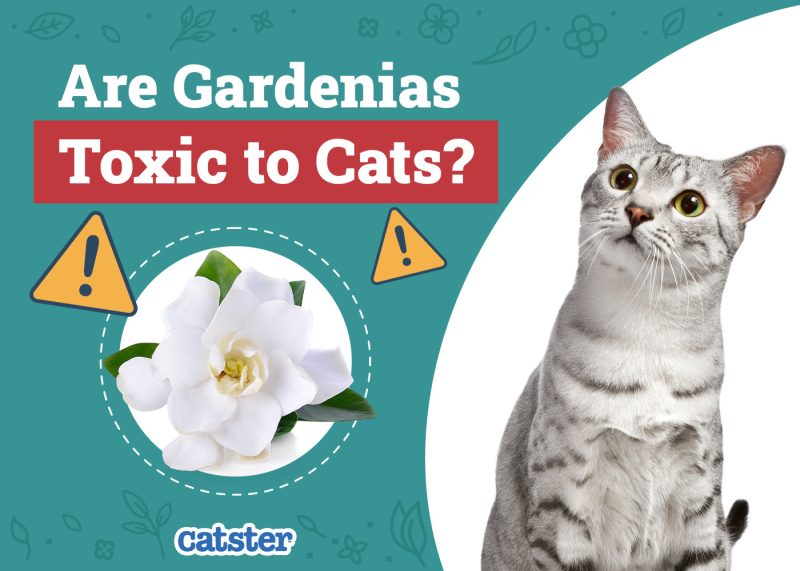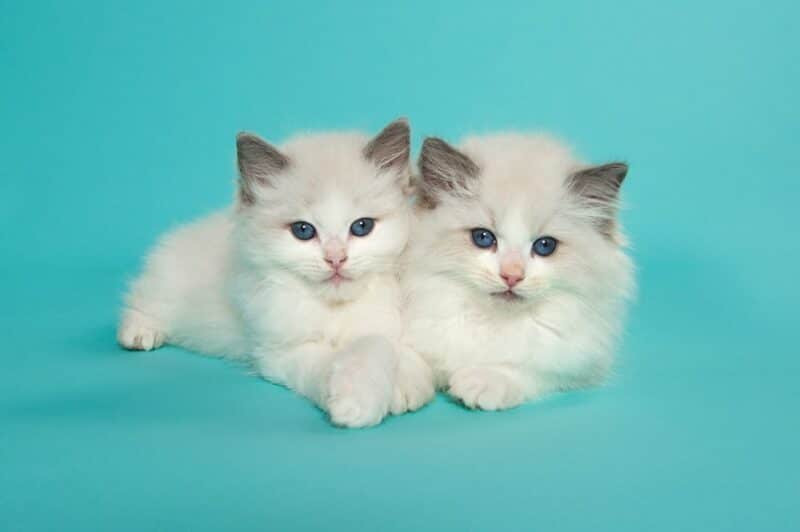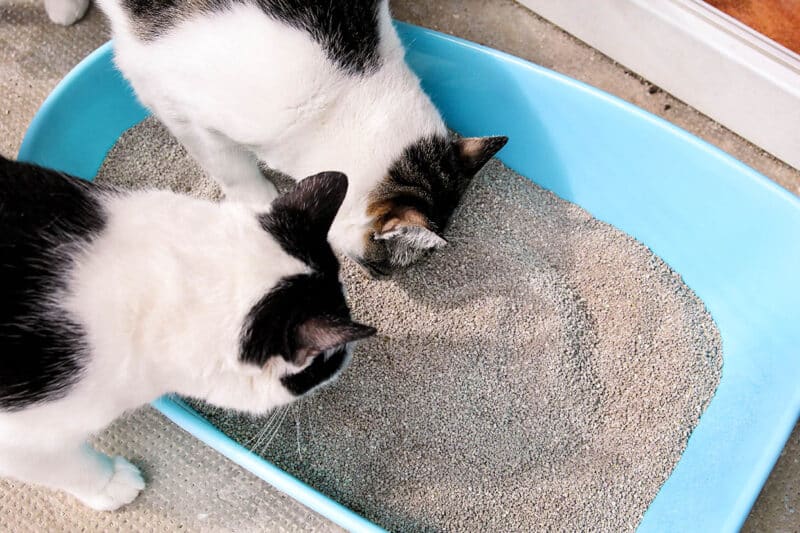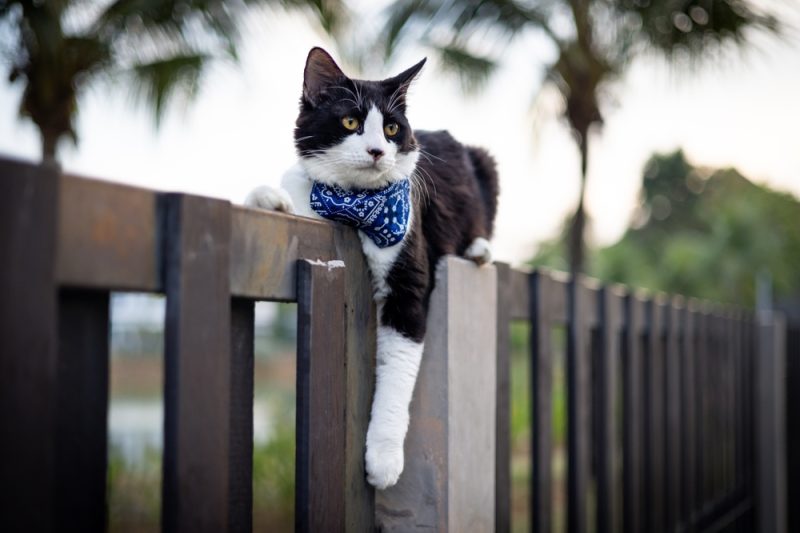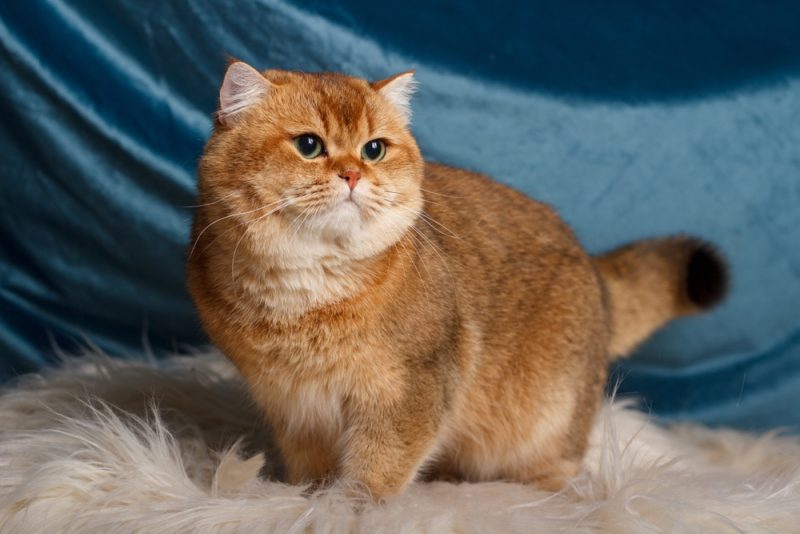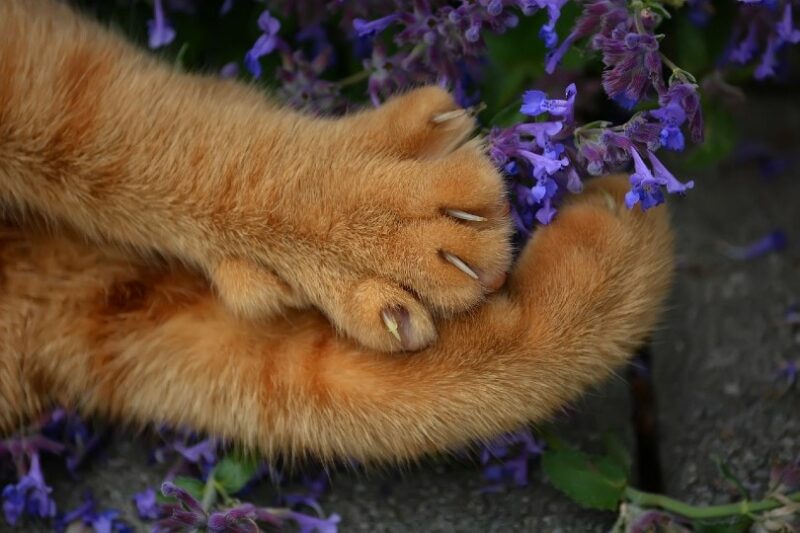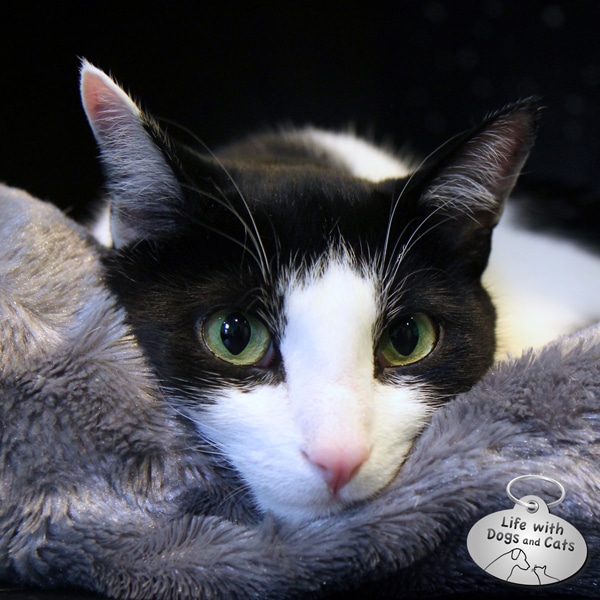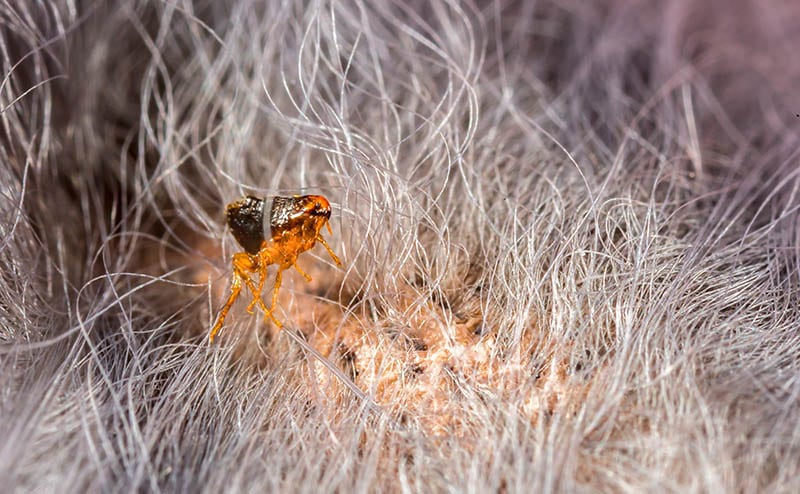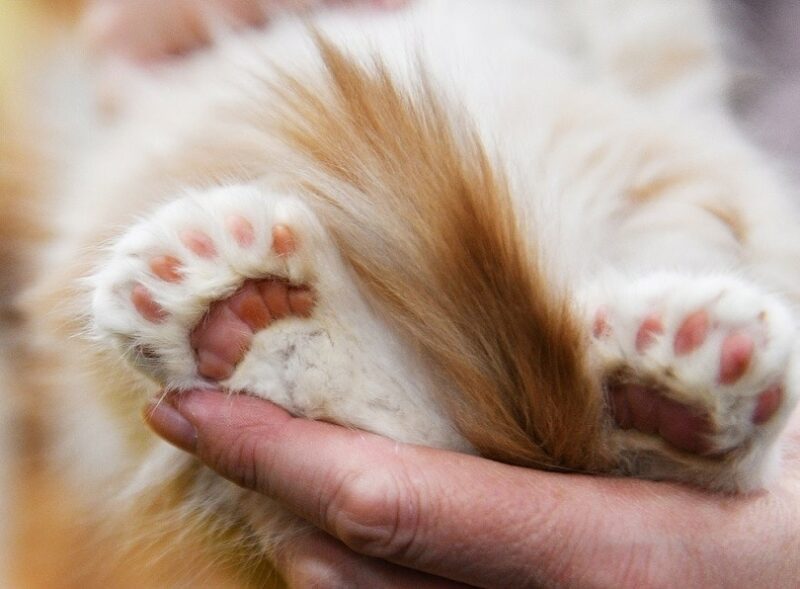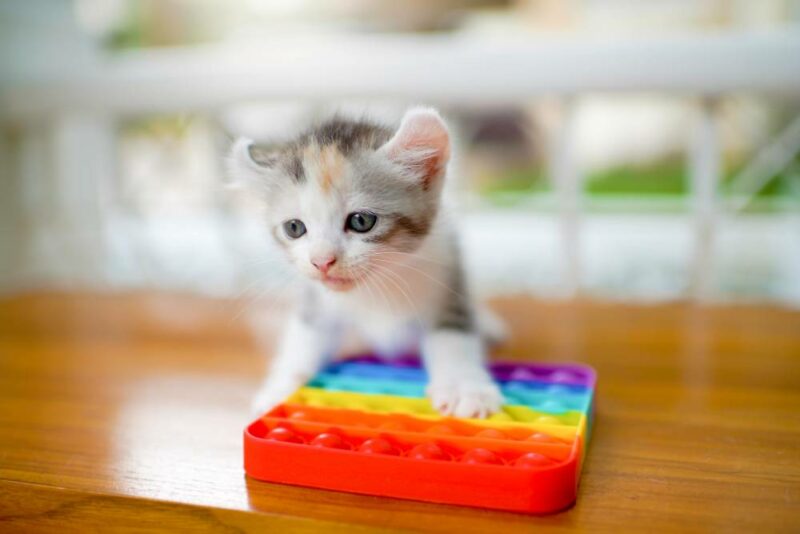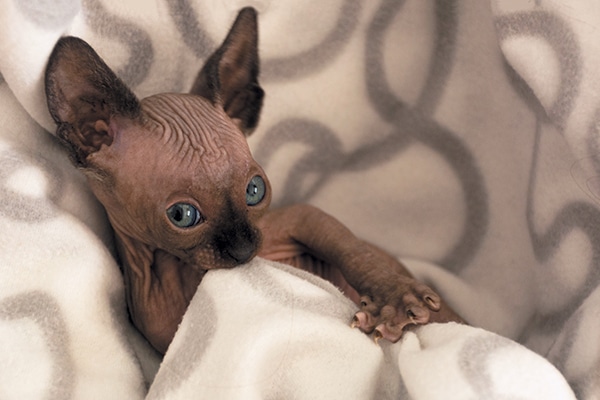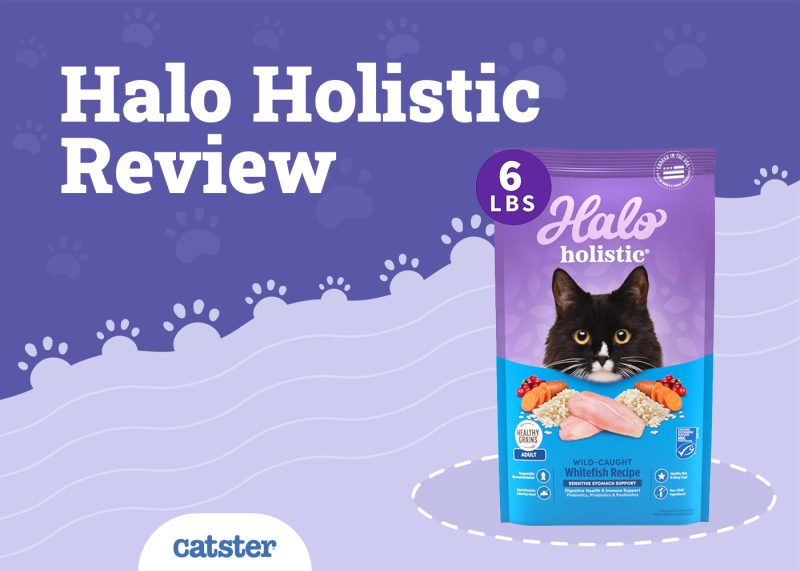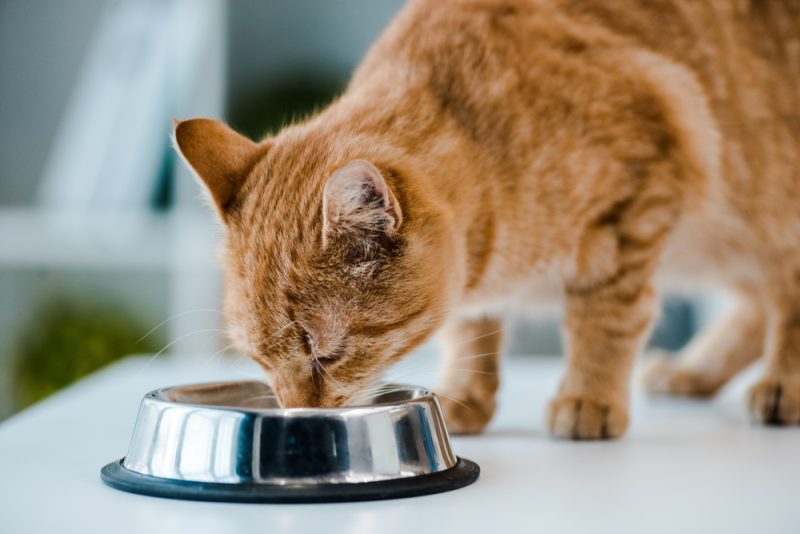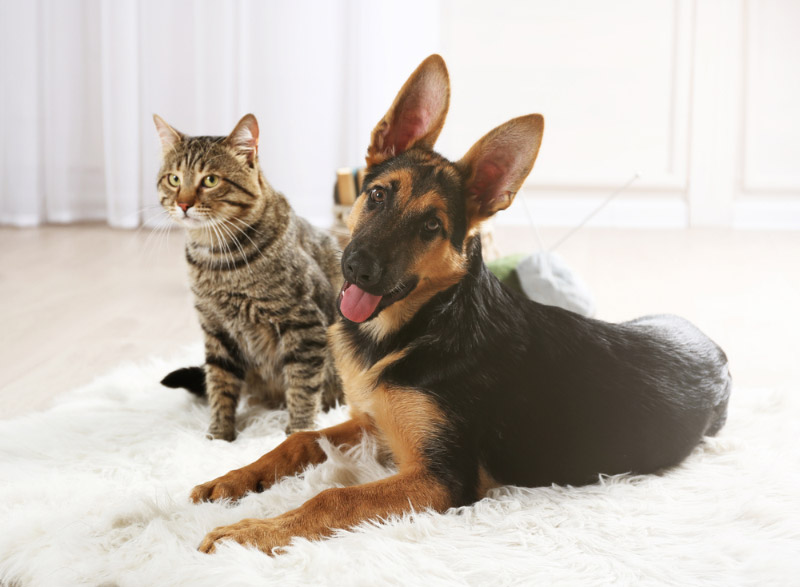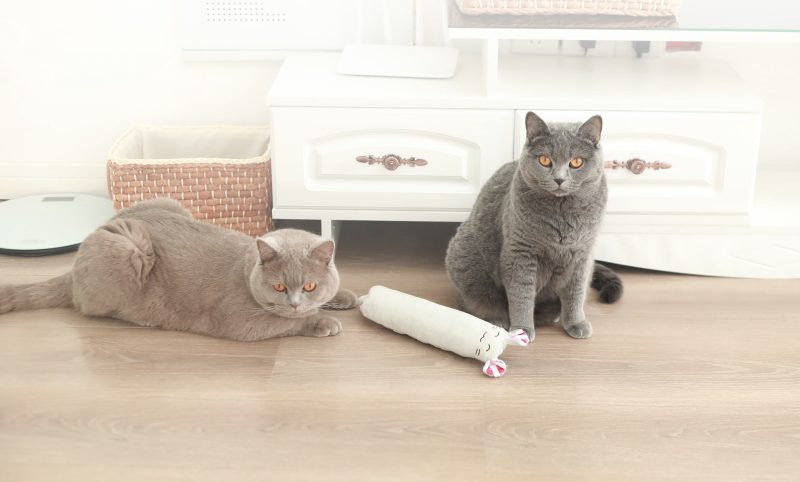Known for their strong fragrance and huge blooms, gardenia bushes are a gorgeous addition to your outdoor space. Cut blossoms make beautiful indoor decorations and dried flowers, but if you share your home with cats, you’ll want to proceed with caution. Gardenias are considered toxic to cats, although the symptoms of poisoning tend to be uncomfortable and messy rather than life-threatening.
In this article, we’ll discuss the signs of gardenia toxicity and how to keep your cat safe from ingesting this plant. We’ll also suggest some safer garden plants and cut flowers you can enjoy instead.

Gardenias & Cats: A Toxic Mix
According to the ASPCA’s Pet Poison Control, gardenias of the species Gardenia jasminoides, (also called Cape Jasmine) contain two toxic compounds: genioposide and gardenoside. These compounds give the gardenia a bitter taste when chewed, which guards the plant against falling victim to hungry herbivores.
If your cat chews on the leaves and flowers of the gardenia, he or she may exhibit some of the following common symptoms post-ingestion:
- Vomiting
- Diarrhea
- Hives
The ASPCA states that these symptoms are typically mild. However, you should still contact your veterinarian if you believe your cat has ingested gardenia parts. Prolonged vomiting and diarrhea put your cat at risk of dehydration.
In addition, if your cat loses their appetite for even a few days as a result of their symptoms, they could develop more severe problems, such as a life-threatening condition called hepatic lipidosis.
If you require urgent veterinary care, contact a vet online.
If you need to speak with a vet but can't get to one, head over to PangoVet. It's an online service where you can talk to a vet online and get the advice you need for your pet — all at an affordable price!


How to Keep Your Cat Safe from Gardenias
Gardenias are typically grown outdoors, either in the ground or in containers, because of their size. The simplest way to keep your cat safe from chewing on outdoor gardenias is to keep the animal indoors. If you allow your cat to spend supervised time in the yard, keep an eye on them to make sure they avoid the gardenia bushes.
If you bring cut gardenias indoors as a bouquet, place them out of reach or in a closed room that your cat can’t access. Even if your cat isn’t interested in chewing on the flowers, they can hurt themselves by knocking over and breaking the vase.
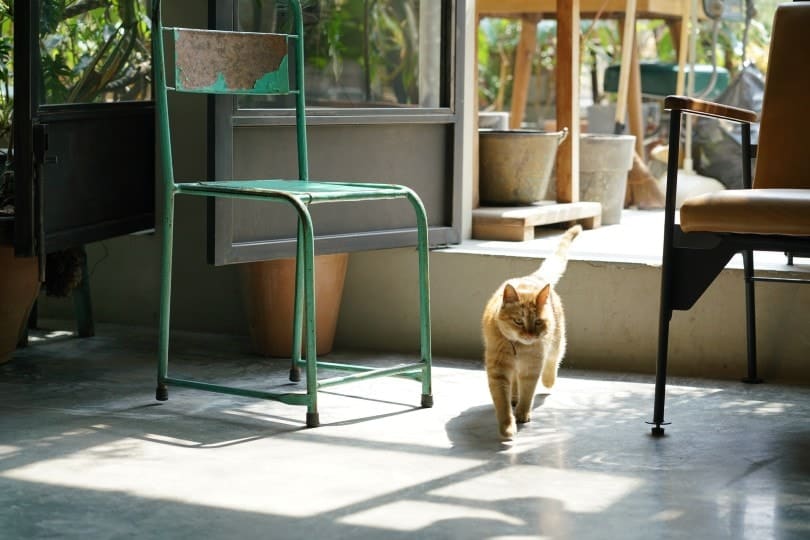
Safe Alternatives to Gardenias
Gardenias are not the most dangerous plant your cat could be exposed to, but if you want to prevent any chance of poisoning, you may want to choose other flowering species for your yard.
A flowering shrub of the Elaeagnus family, commonly called autumn olive or silver berry, is non-toxic to cats and produces flowers with a similar scent to gardenias. However, this species is considered invasive in many areas and should be planted with caution.
Be aware that many pesticides and fertilizers are toxic to cats, posing a risk if they are used even on these otherwise safe plants.

Conclusion
Because the safest place for your cat to live is indoors, you can grow gardenias completely out of their reach. Unlike many other plants and flowers, gardenias typically won’t cause severe symptoms if chewed by a cat. However, keep in mind that even safe shrubs could upset your cat’s stomach if consumed because cats cannot digest plant matter very well.
See Also:
- Is Jasmine Poisonous to Cats? Vet-Reviewed Houseplants Examined
- Are Sunflowers Toxic To Cats? Vet-Approved Facts & FAQ
Featured Image Credit: bunekeeditor, Pixabay
